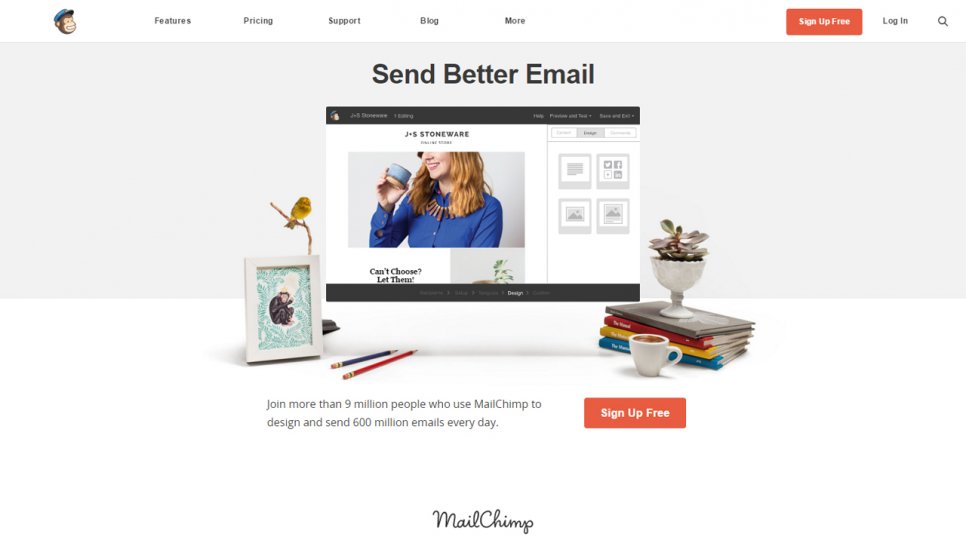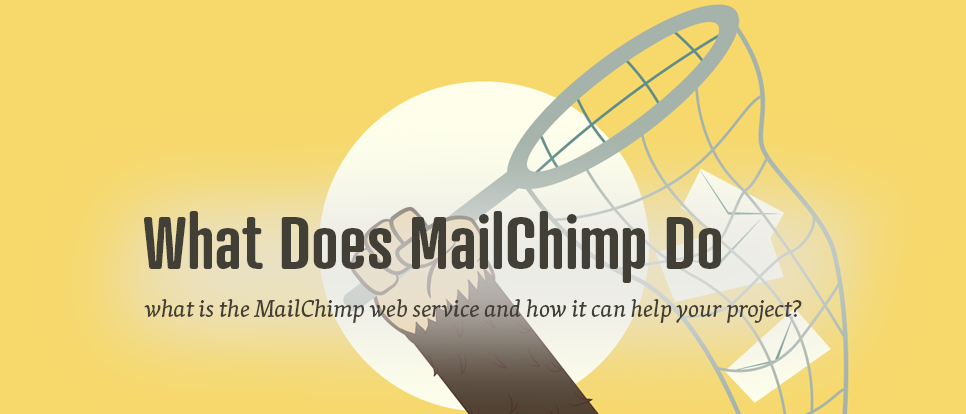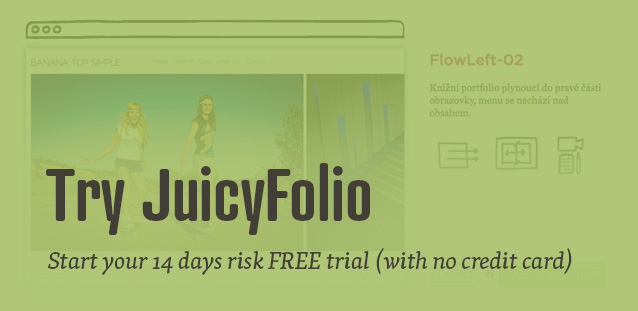Your name is your brand and you should build it as such. But even in the on-line era where it seems that social networks present the only and the best way of self promotion, it is shown that the most efficient tool of getting people to notice you is still managed by good old emails.
And that's exactly why the on-line web service MailChimp is now so popular and successful, because it helps you send bulk email to your visitors or customers, inform them about what's new on your website, send them a catalogue of your products or services, or just contact them for whatever reason you need.
And this is what MailChimp is doing really well. From creating lists of your mail contacts that you can send your emails to, through the mail structure itself, to detailed analysis of how are the mails you send received by the recipients.

But how does MailChimp actually work and how to understand it? Here, we will closely describe for you the individual MailChimp services and the ways of their usage.
Lists
The key aspect of MailChimp is represented by lists of your subscribers - your mail contacts to whom you send your content. You can actually insert the contacts to your list either manually, from your chart, or a database. But first of all, you need to fill in your own email address and other personal data, so that your subscribers would know who is sending them all those emails and therefore to whom they can respond.
To every list, you can also write a note so that your subscribers will know why they were sent this message. Finally you can set up how often you want to receive notifications about individual subscribers, specifically who newly subscribed to your mails or who unsubscribed.

Signup forms
If you don't yet have any mail contacts, MailChimp offers you the chance to create special signup forms through which your new visitors may subscribe to your work. These forms (that you can create and edit in the settings of your individual list) may vary in their design and the type of the information you require in them.
In the General forms box, you can fill in and modify individual items that you want to have in your form. In the Embedded forms box you can generate a special HTML code that, if you'll send it to us, we'll insert it directly to your website.

MailChimp also offers several other ways of displaying a form - for example through a popup window or via connecting to Facebook, Twitter, or your tablet.
Creating Campaigns
The main point of MailChimp is to create various types of email sending, whether it's bulk mail, newsletters, or e-zins. Every mail type you could want to send is collectively known by MailChimp as Campaigns.
In each Campaign, you need to choose the look of the specific email that you want to send. For this there is a special MailChimp web editor that will allow you to either create your mail message down from scratch, or from several layouts. And when your Campaign is ready, you can send it to your subscribers (from the specific list) either right away, or schedule it for later.

Campaign Reports
Thanks to the MailChimp Reports function, you can watch how successful each of the Campaigns is, more specifically how many subscribers opened each email or clicked on a link in it, how many of them unsubscribed after this email, or how many of these emails were marked as spam.
Reports also offer other more detailed information, for example how many times was your email forwarded to other contacts or how many times it was marked as spam. You can then see in the attached graph how the reactions to your email evolved in the first 24 hours.
Within our Assisted Setup package, we will gladly help you with your MailChimp account or to even set it up for you.



